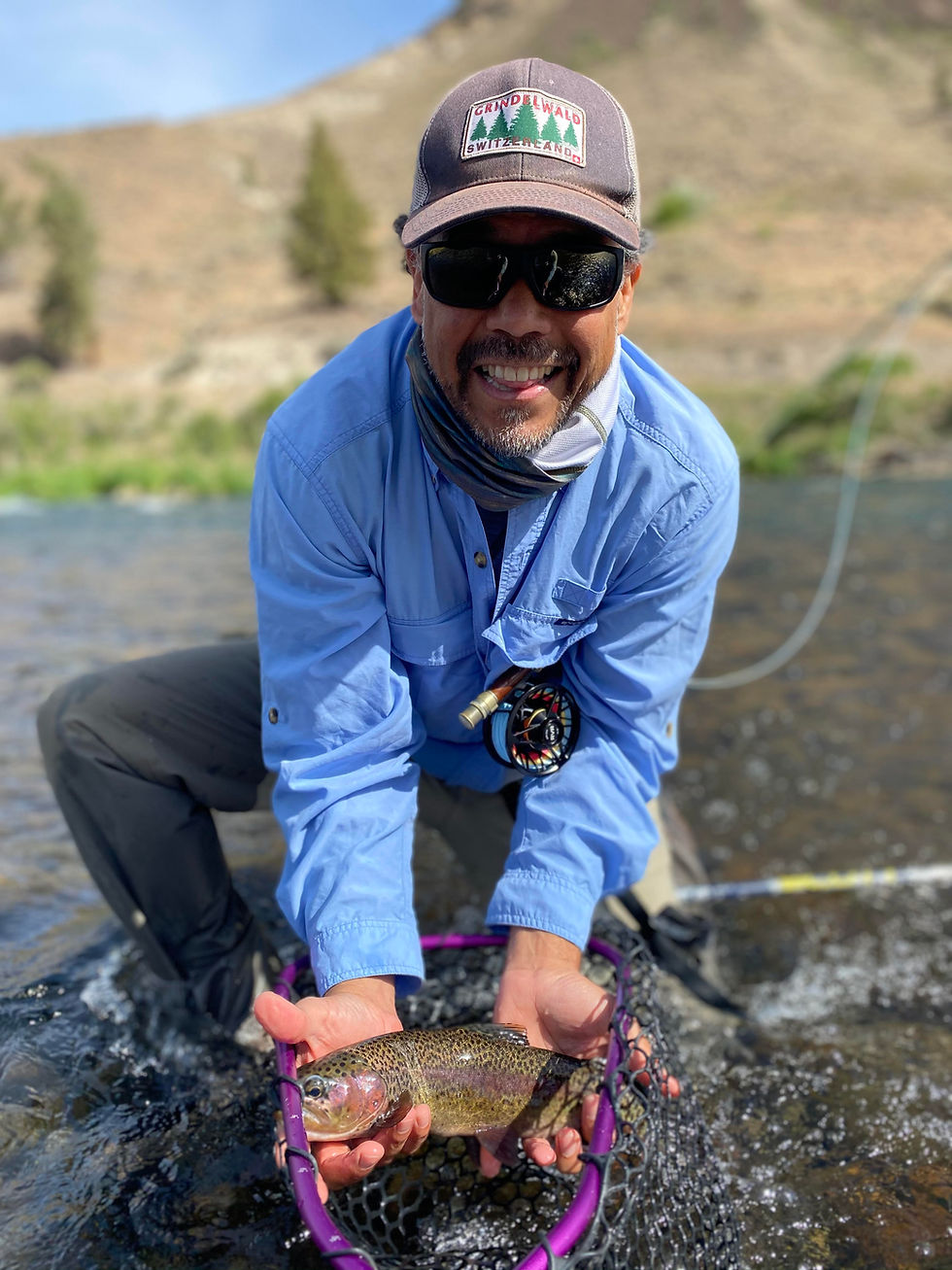The Importance of Considering Periodization of Recovery
- Dr. Shaka Hatcher

- Apr 30, 2021
- 4 min read
Recovery is an important part of your workout regime and athletic lifestyle!
At New Leaf Chiropractic & Wellness we believe there are many ways to maximize your recovery - rest, seeing a chiropractor, and Cold Water Immersion.

Athletes and coaches are now considering the importance of periodization of recovery due to its diverse recovery theories and practices. Athletes may develop fatigue and muscle damage from their intensive training or competition. As a result, they may not be able to perform as well as they used to in the next few days of practice. For this reason, recovery is the most important part of an athlete’s training, which is to get their body back in condition for the next training. In order to maximise an athlete’s performance, the athlete must balance their training programs with a recovery included in it.
There are many types of recovery methods an athlete may try. One of the best ways for an athlete to recovery from injuries faster is through chiropractic care. Athletes may try consulting a sports chiropractor after every training program to keep their body in top condition. Not only will a sports chiropractor provide advice on their recovery period but also, they may try to relieve some of your pain – and that may affect the rate of your healing process. Other recovery methods include massage, hydrotherapy, or cryotherapy. All these methods have been shown to speed up the recovery period.
Acute and Chronic effects of recovery
One popular recovery method is cold water immersion (CWI), and is going to be used to identify what are the acute and chronic effects of this type of recovery. There are two theories on the use of this recovery. One theory suggests that the recovery should enable the athlete to train more actively in their next training session. This will provide the athlete with better training adaptations and an increase in their performance in the long-term. The other training theory suggests that post-exercise fatigue and inflammation is necessary for the athlete to gain the same effects as the first theory in the long-term.
The effects of acute recovery on performance often shows mixed results, even though it’s said to provide small but positive effects on the athlete’s performance. This may be due to the thermal and cardio vascular effects of cold water immersion. These effects are influenced by the athlete’s response to the change in body temperature and blood flow. Other variables such as the temperature of the water, duration, depth, and the athlete’s body build may provide different results.
Most of the results of the chronic use of hydrotherapy recovery has come from various studies. A study done by Yamane et al, shows that subjects that were performing regular CWI three to four times a week after cycling or handgrip exercises, for four to six weeks. They concluded that microdamage and metabolic alteration may be the cause of negative influence of CWI. This is due to the prevention of their muscle hyperthermia, which may have interfered with myofiber regeneration. However, a number of methodological limitations questioned these results because the muscle temperature was not measured which means that the muscle cooling degree was not accurately known. The same group then did another study on a man who performed wrist-flexion exercises three times a week for six weeks. The subject’s forearm that was immersed in cold water showed reduced wrist-flexor thickness, improved muscle strength, and muscle endurance.
Why athletes should consider periodization of recovery
Periodizing recovery to maximize the positive benefits of training stress, fatigue, and soreness still remains indefinite. There are a lot of factors that should be taken into account by athletes who are looking to improve their recovery. The sport the athlete is performing in, the demands of that sport on their body, as well as the individual capabilities of the athlete should be considered when periodizing recovery.
Some athletes would withhold their recovery in certain times in order to maximize their adaptation to the training. Fatigue gathered from the training is a major influence to adaptation and their training. Many athlete’s would then try to increase their training load and time to induce fatigue, and then provide an adequate recovery to induce adaptation. High levels of fatigue can sometimes be acceptable; however it should not always be done. Continuing to increase the levels of fatigue may lead to harmful conditions that may hinder the athlete from the next training session or competition.
Preparation is important to have a successful training program. In the event that the athlete will perform in high-intensity or high quality training sessions, the athlete must have limited fatigue to optimize that quality of training. In this case, recovery can be included in the program to maximize the athlete’s ability to prepare for the next session. Athletes should also utilize increased recovery methods to decrease acute fatigue, especially during competition phases.
Most athletes may still feel pain in the back or neck, but some may choose to ignore it as it may be part of their training fatigue. However, that is not always the case. Athletes who feel even the slightest pain in the back or neck should contact us at New Leaf Chiropractic & Wellness.
Simply ignoring the pain may lead to more damage over time if left unchecked. Seven worst words I have heard, “ I just thought it would go away.” Trust me - get an appointment to have your pain examined. That's the quickest way for it to go away.



Comments